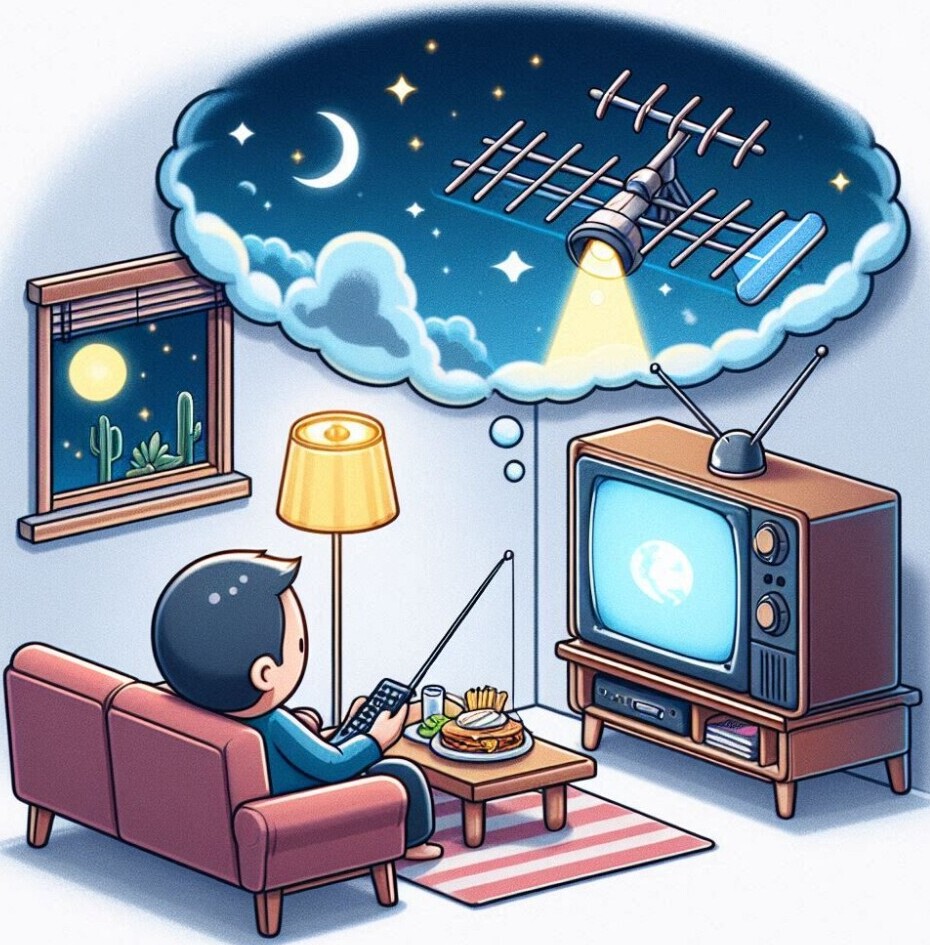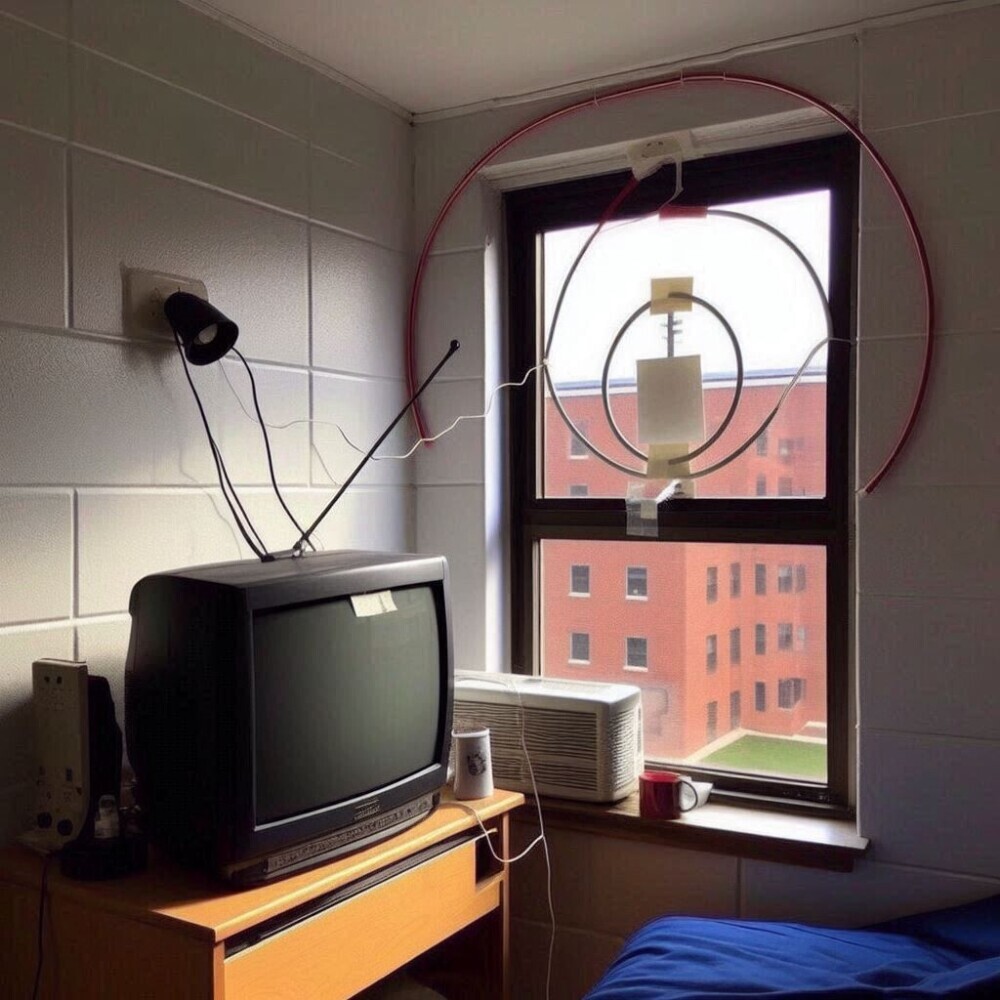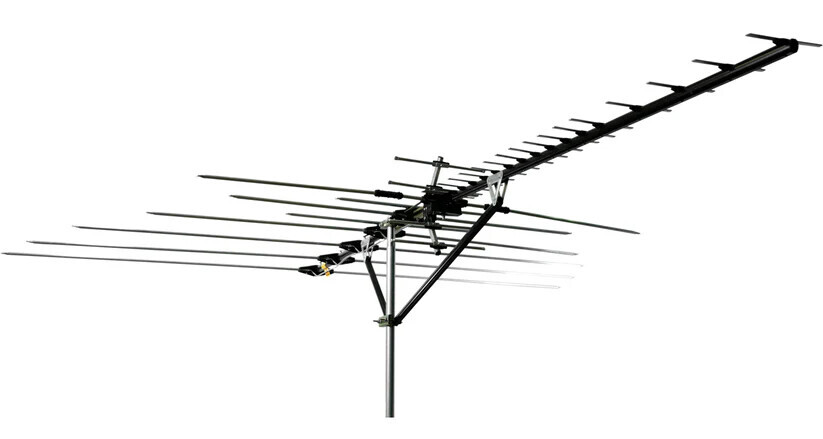Indoor TV antennas deliver free local HD channels without internet, and the right antenna plus proper placement can give you reliable, cable‑free TV reception. These antennas have revolutionized the way we think about television in the digital age. They take the simple task of picking up broadcast signals and turn it into an art, dancing with frequencies to deliver crisp picture quality right to your TV screen. Whether you’re living the apartment life or nestled into a cozy suburban home, these handy devices are your ticket to free over-the-air HD channels, cutting those pesky subscription fees out of your budget.
So, why would someone embrace the indoor antenna lifestyle? For starters, it’s a dream for cord-cutters. If you’re tired of that monthly cable bill, you’ll find that an indoor TV antenna is like finding gold at the end of a rainbow. It pulls in local networks, from news to sports, without charging a dime. Plus, using an antenna means no reliance on the internet, a serious perk when the Wi-Fi’s being temperamental. Add an over the air DVR and you have similar freedoms that you would have with streaming live TV.
Wondering about the differences between indoor and outdoor antennas? It’s all about the living space. Indoor antennas are sleek and compact, designed to blend effortlessly with your home decor while still offering robust performance. Unlike their outdoor cousins, they’re easy to set up, often not much more involved than plugging into your TV and finding a good spot. Outdoor antennas, while powerful, require more involved installations—rooftops or poles—and they’re built to withstand the elements. But if you live in a major metropolitan area, you shouldn’t need an outdoor antenna. Just about any indoor antenna will pick up all of your local channels and all of their sub channels.
But what makes indoor antennas so adaptable to various living situations? Think about it as antenna feng shui. These devices can be placed high up near windows or tucked subtly on a bookshelf, thriving in spaces where walls and structures might have tried blocking the signal. And for those in a signal-challenged spot, there are plenty of amplified models that boost reception to ensure you’re not left staring at that dreaded ‘No Signal’ screen. All these elements come together to make indoor antennas a convenient, cost-effective choice for modern viewing.

Choosing the Right Indoor Antenna for Optimal Reception
Navigating the jungle of indoor antennas is like choosing a new pair of headphones, with so many options and specs to consider. The first biggie on your checklist should be where you’ll place your antenna. It’s all about understanding your space and how far you are from those all-important broadcast towers. The closer you are, the more channels you’ll get, clear as day. But if those towers are a bit of a hike, you might need something with a little extra oomph, like an amplified model.
Different types of antennas each have their own vibe. Flat-panel antennas are the fashionistas—sleek and discreet, easy to slide behind the TV or rest on a table. Then there are the multi-directional antennas, the acrobats of the antenna world, picking up signals from every which way without needing to be pointed in just the right direction. They’re perfect if broadcast towers surround you or if you just love flexibility.
Before you click ‘buy,’ do a quick scout mission using signal strength maps online. Websites like AntennaWeb let you pop in your zip code to map out where those towers are hiding. It’s like a treasure map for antennas, giving you the right insights to choose wisely.
And with so many brands, which one should earn your hard-earned cash? That’s where it gets interesting. Some brands focus on cutting-edge design, with super slim profiles that look more like modern art than tech gadgets. Others invest in technology that maximizes reception even in tough spots. Think about what’s most important for your setup—fashion or function?—and let that guide your purchase.
Installation Tips for Maximizing Your Indoor Antenna’s Performance
Getting the best out of your indoor antenna is a bit like tuning a guitar. It takes a bit of finesse and patience, but once you’re there, the sound—or in this case, picture quality—is perfect. The golden rule is to keep your antenna high and proud, preferably near a window. Walls, especially brick or metal ones, are like kryptonite for your signal, so dodging them is key.
I discovered metal walls are very detrimental to your signal access in college. Of course, the dorm was metal, so if you lived on one side of the dorm, all you got were two channels. Living on the other side you got four different channels. The only good thing was being on the tenth floor so the channels you got on both sides came in picture perfect. This was in the mid 1970’s so the only indoor antenna you got was the hoop antenna that came with the tv. So, I had to run speaker wire, hooked up to the back of my tv, and ran to the only window in the room to my hoop antenna that was taped to the window. Hey it worked! My parents tried to explain to me that I wasn’t there for tv.

DIY install is straightforward enough to tackle over a Saturday afternoon coffee. And as we already know you’ll want to avoid metal obstructions, since they can muck up signal clarity. For those who love a tech assist, apps and websites can guide you in pinpointing the best spot. Hook everything up, scan those channels, and you’ll start seeing magic on your screen.
Common reception hiccups can rear their annoying heads, but there’s usually a fix. Pixelation or sudden signal drop-offs typically mean your antenna needs a new hangout spot. Maybe it’s too close to your Wi-Fi router or tangled up with other electronics. Sometimes just a little nudge can clear up those issues.
For the tech-savvy, utilizing signal mapping apps ensures you’re zeroing in on the best locations. This gets you connected faster and smooths out any installation wrinkles. Embrace the process, and soon, you’ll be surfing airwaves like a pro.
Additional Enhancements for Better TV Reception
Boosting your TV setup can take your viewing experience to the next level, especially if you’re in a spot with dodgy signals. Using a signal amplifier or splitter can be a game-changer, particularly if your home’s got a few rooms trying to snap up the same signal. Just remember not to go overboard—over-amplification can turn those clear images into more static than you bargained for.
If you’re hungry for razor-sharp pictures, consider advanced signal boosters or even 4K-ready antennas. They’re like the turbo boosters of signal clarity, great for bringing that top-notch resolution to your favorite shows.
Maintenance might sound boring, but a little TLC goes a long way. Check your antenna setup every so often, ensuring connections are tight and cables aren’t wearing thin. And if your antenna seems stuck in last year’s technology, maybe it’s time to upgrade. New models are often leaps ahead in terms of design and function.
For those who juggle streaming and broadcast TV, integrating your antenna with streaming devices offers a seamless transition between over-the-air and internet-based content. This hybrid viewing experience means you don’t have to miss a thing, switching between your favorite apps and those no-cost channels with ease.
Final Thoughts
Indoor antennas are the cheapest way to get local news, sports, and broadcast TV in high definition—pick a passive flat antenna for close‑in urban use and an amplified or multi‑directional model if you’re farther from towers.
- 👉 Try placement near a window and rescanning channels after small adjustments to find the best reception for your location.
- 👉 Tell me your ZIP code and TV setup (apartment, single‑family home, distance to towers) and I’ll recommend the most cost‑effective antenna model for your situation.
Thanks again,
Mark
mark@bethmark.com



This was such a detailed and engaging read, Mark! I really liked how you blended practical tips with personal anecdotes—it made the technical aspects of indoor antennas so much easier to understand. I agree that placement and avoiding obstructions are key, and I also think the point about amplified models is a game-changer for tricky spots. I’m curious—have you noticed any particular brands or models that consistently outperform others in urban apartments?
Hello Kavitha,
Thanks for visiting my website and asking a question. Besides my dorm room experience, the only indoor antennas I have dealt with was RCA Flat panel indoor antennas. They were for my kids’ rooms when their grandparents spoiled them with color TVs about 25 years ago. Again, I had to tape them to the windows to work, but they did fine, picked up all the local channels.
With the research I have done on them recently, it seems they have improved considerably. Mohu Leaf or Channel Master Flatenna are cost-effective and good for about thirty miles. ClearStream Eclipse or Winegard FlatWave Amped with amplifier are reportedly good up to and beyond 50 miles. Unfortunately, you have to take some of the advertisements for antennas with a grain of salt. I have seen outdoor antenna claims of 150 up to 300 miles and that is just not possible due to any obstructions between the antenna and TV stations tower and the curvature of the earth. My parents had a 50-foot tower back in 1970 with a motorized directional antenna and I could pick up St. Louis stations with a not so great of a picture, which was right around 100 miles away. With everything going digital that may have dropped a little bit.
If you are looking for a good one, I would recommend the Clearstream Eclipse. I have not heard much if anything bad about their antennas.
Mark